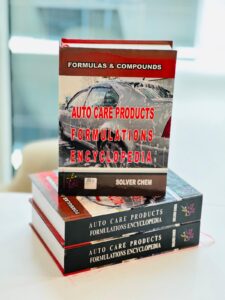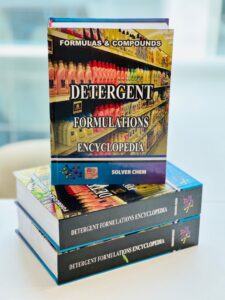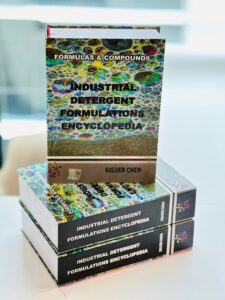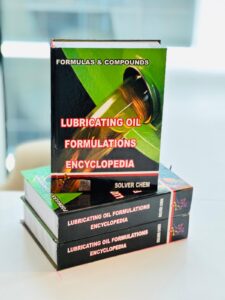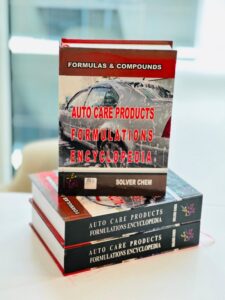
Inorganic Acid Technology (IAT) Antifreeze is a conventional type of engine coolant based on ethylene glycol (or sometimes propylene glycol) that uses inorganic salts—primarily silicates and phosphates—as its corrosion inhibitors.
It is considered the original or traditional antifreeze formulation. IAT coolant is typically dyed a bright green or blue color, but color is not a reliable indicator and should always be confirmed by reading the product label and vehicle manual.
Definition and Chemical Composition
- Definition: IAT Antifreeze is a coolant that protects an engine from freezing and overheating, and uses inorganic compounds to form a rapid-acting, protective film on the cooling system’s metal surfaces.
- Key Inhibitors:
- Silicates: Provide fast and excellent corrosion protection, particularly for aluminum components in the engine. They form a protective barrier layer on contact.6
- Phosphates: Are highly effective at protecting iron and steel components from rust and corrosion. They also help to buffer the coolant’s.
- Working Principle: The inorganic inhibitors deposit a relatively thick, protective layer onto all metal surfaces. This rapid film formation is an excellent defense against immediate corrosion.
Applications and Disadvantages
Applications
IAT antifreeze was the standard and is primarily designed for:
- Older Vehicles: It is the correct coolant for most vehicles manufactured before the mid-1990s, which typically had engine blocks made of cast iron and brass/copper radiators.
- Classic/Vintage Cars: Its composition is highly compatible with the metal alloys found in cooling systems of that era.
Disadvantages (Why have formulations changed?)
The main drawback of IAT coolant is its relatively short service life compared to modern coolants.
- Short Lifespan: The inorganic inhibitors (silicates and phosphates) are consumed relatively quickly. IAT typically requires replacement every 2 years or 30,000 miles (40,000–50,000 km).
- Inhibitor Depletion: As the inhibitors are depleted, the protective film becomes thinner, leaving metal components vulnerable to corrosion.
-
Deposit/Scale Risk: Silicates and phosphates can precipitate out of the solution, especially if mixed with hard tap water, leading to the formation of abrasive gels or sludge. This can clog the radiator and cooling passages, reducing system efficiency and heat transfer.

